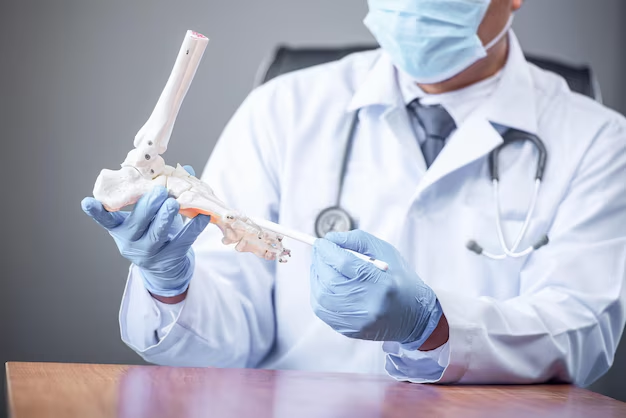Understanding Osteoporosis: What It Is and How It Affects You
Osteoporosis, often dubbed the "silent disease," affects millions of people worldwide. It weakens bones, making them fragile and more prone to fractures. Whether you're young or old, understanding osteoporosis is vital, especially since it can silently progress for years without any noticeable symptoms until a bone breaks. But what exactly is osteoporosis, how does it impact daily life, and what actionable steps can be taken to manage it?
What is Osteoporosis?
Osteoporosis is a medical condition characterized by decreased bone density and quality. This decline leads to bones becoming porous and brittle, considerably increasing the risk of fractures. Most commonly, it affects the hip, wrist, and spine. Many individuals first learn they have osteoporosis after a minor fall or, incredibly, just as the result of a sneeze or slight bump that causes a fracture.
Risk Factors
Several risk factors contribute to the development of osteoporosis. These include:
- Age: The older you are, the greater your risk.
- Gender: Women are especially prone, particularly post-menopause, due to reduced estrogen levels.
- Family History: If your parents or grandparents had osteoporosis, you might be at an increased risk.
- Lifestyle Choices: Lack of physical activity, smoking, and excessive alcohol consumption can elevate risk.
Diagnosis and Treatment
Diagnosis typically involves a bone mineral density test, often referred to as a DEXA scan. This simple and non-invasive test can help gauge whether an individual is at risk for osteoporosis-related fractures.
Treatment options generally include:
- Medications: To strengthen bones and reduce fracture risk.
- Lifestyle changes: Incorporating weight-bearing exercises and a diet rich in calcium and vitamin D.
- Monitoring: Regular check-ups and bone density scans as advised by healthcare providers.
Transition Into Support and Financial Assistance
Navigating the implications of osteoporosis—like needing adjustments at home or managing healthcare costs—can be daunting. Thankfully, various support systems and financial aid programs exist, especially for those worried about the costs tied to managing this condition.
Government and Community Aid Programs
- Medicare and Medicaid: These programs may cover bone density tests and other related treatments. It's crucial to check eligibility and coverage details.
- State Health Departments: Many states offer osteoporosis screening programs and support groups.
- Local Charities and Nonprofits: Organizations often provide resources and financial assistance for those affected by osteoporosis.
Financial Assistance and Debt Relief Options
For those experiencing financial strain due to medical costs, several options can offer relief:
- Medical Credit Cards: Specialized credit cards designed for healthcare expenses can ease immediate financial pressure.
- Debt Relief Programs: Many states offer debt relief options to assist with overwhelming medical bills.
- Insurance Reviews: Consult with insurance experts to ensure optimal coverage and explore supplemental insurance options that can cover osteoporosis treatments.
Educational Grants and Resources
Empowering oneself with knowledge is a potent tool against osteoporosis:
- Community Centers: Often offer free workshops on bone health and exercise routines suitable for people with osteoporosis.
- Online Courses and Webinars: Many are free and provide valuable insights into managing osteoporosis effectively.
- Nonprofit Organizations: Some provide grants for further education on disease management and health.
Quick Reference Guide for Financial Assistance and Resources
- 🏥 Medicare & Medicaid: Covers bone density tests and some osteoporosis treatments.
- 🌐 State Health Programs: Free osteoporosis screening and workshops.
- 💳 Medical Credit Cards: To manage immediate healthcare expenses.
- 📉 Debt Relief Programs: Contact local government offices for options.
- 💡 Community Workshops: Free classes on bone health and exercises.
- 🎓 Educational Grants: Sponsored by nonprofits for disease management education.
Understanding osteoporosis is just the beginning. By leveraging available resources and support systems, you can take proactive steps in managing your health and financial well-being effectively.

Related Topics
- a Nurse Is Caring For a Client Who Has Osteoporosis.
- a Percutaneous Is Performed To Treat Osteoporosis Related Compression Fractures
- Can Alcohol Cause Osteoporosis
- Can I Do Pilates If I Have Osteoporosis
- Can I Reverse Osteoporosis
- Can Men Get Osteoporosis
- Can Osteoporosis Affect Teeth
- Can Osteoporosis Be Cured
- Can Osteoporosis Be Painful
- Can Osteoporosis Be Reversed